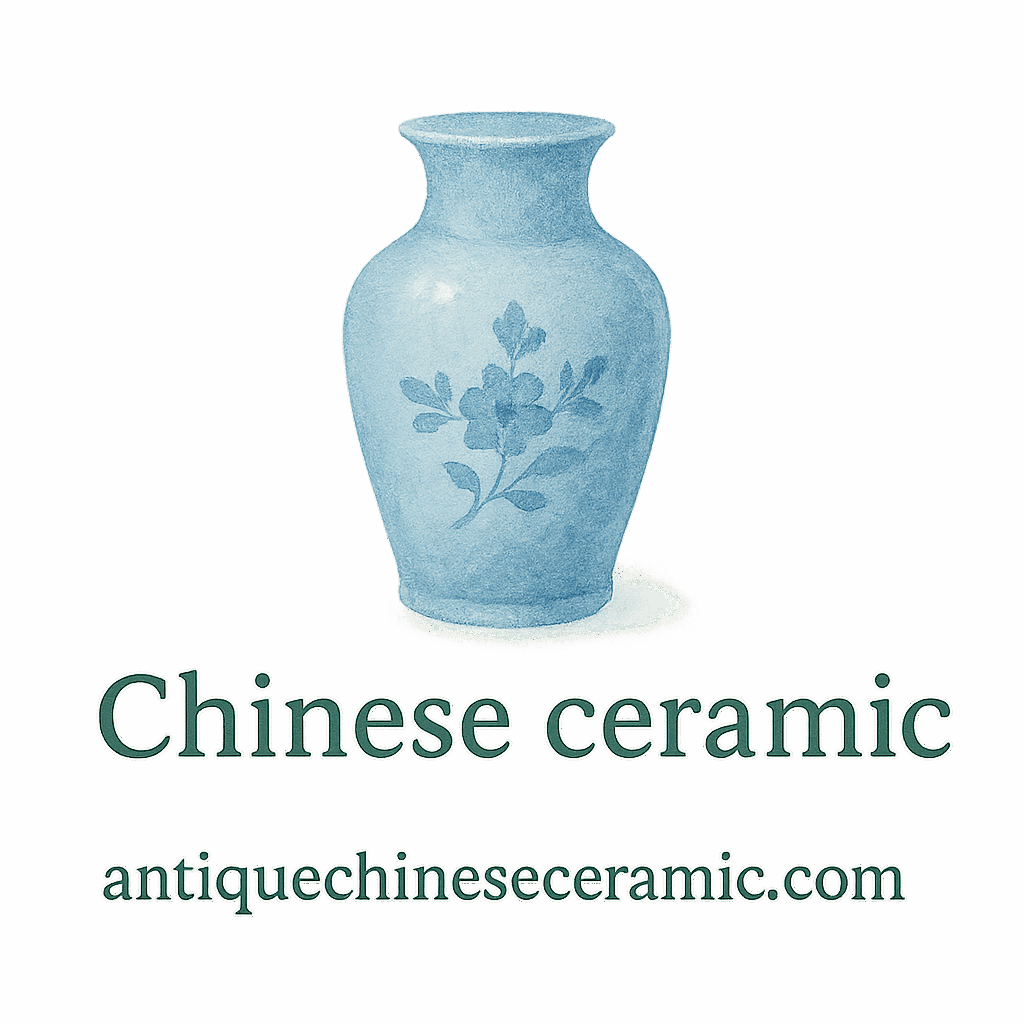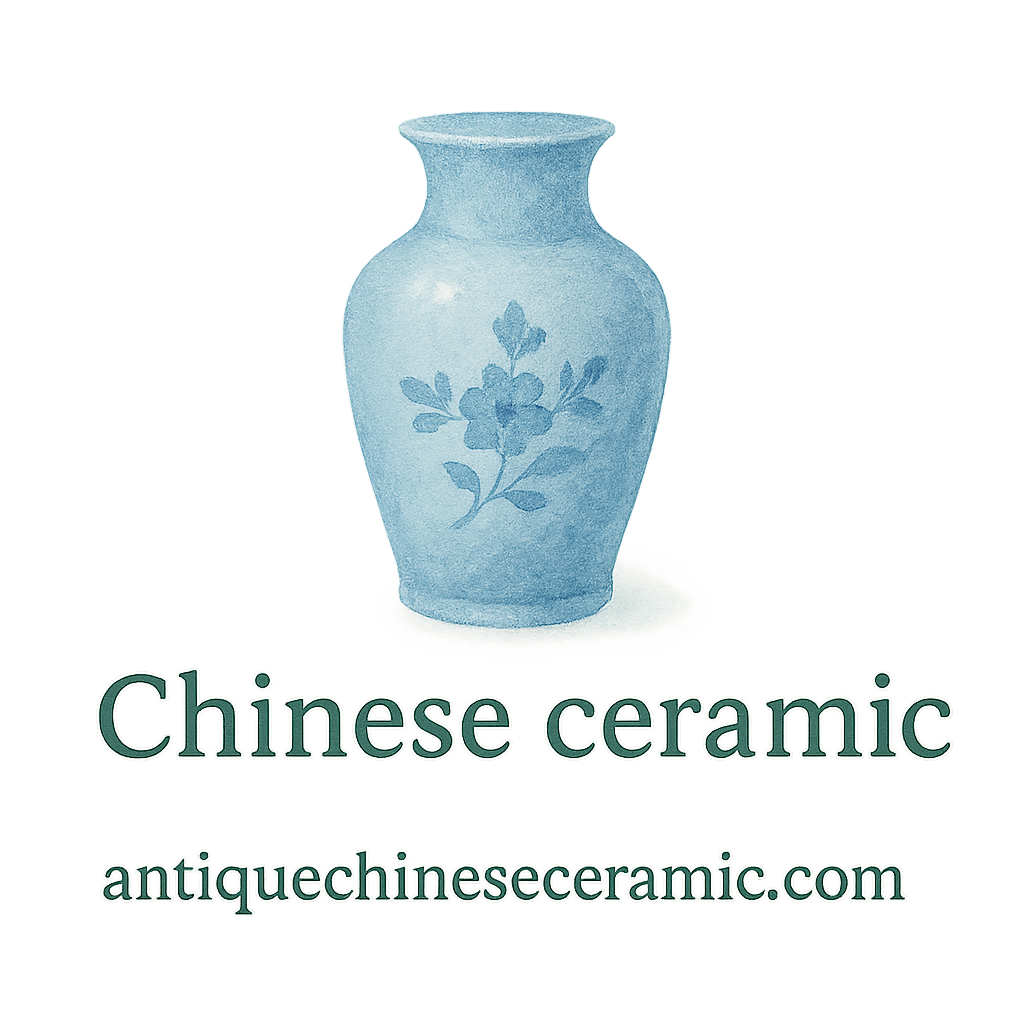Looking to unlock the ancient secrets of Chinese ceramics? You’re in the right place. From mystical glazes to dynastic signatures, these 10 fascinating facts will open your eyes to the mesmerizing world of antique Chinese ceramic origins. Let’s take a journey back in time—and dig deep into the soil of Chinese heritage.
From Earth to Art: The Humble Origins
Yellow River Civilization’s Contribution
Let’s start at the beginning—literally. The birthplace of Chinese ceramics lies in the Yellow River basin, where early settlers learned how to shape clay and fire it into usable pots. These first ceramic artifacts were not just functional; they were spiritual, tied closely to burial rituals and ancestral worship.
Early Kiln Techniques
The earliest kilns were nothing fancy—just pits dug into the ground. But even then, ancient artisans understood fire’s ability to transform mud into magic. Over time, the technology advanced, leading to sophisticated kiln structures during the Shang and Zhou Dynasties.
Explore more about the history of Chinese ceramics.
A Legacy That Pre-Dates Recorded History
Archaeologists have unearthed pottery in China that dates back over 10,000 years. That’s older than the pyramids of Egypt! Some of the oldest pieces found in Xianrendong Cave in Jiangxi province prove just how deeply rooted ceramics are in Chinese civilization.
The age of these artifacts makes antique Chinese ceramics one of the longest-standing artistic traditions in the world.
Learn how to identify authentic ceramic pieces here.
The Dynastic Signature on Each Piece
Each Chinese dynasty left behind its own fingerprint on ceramic production. The style, glaze, color, and motifs evolved dramatically from one era to another.
Han Dynasty’s Innovations
The Han Dynasty introduced high-fired ceramics and lead glazes—these developments added vibrant colors and a new level of artistry.
Tang Dynasty’s Colorful Revolution
Known for its sancai (three-color) glaze, the Tang Dynasty pieces brought vibrancy to burial ware and reflected the cosmopolitan nature of China during this time.
Ming Dynasty’s Blue-and-White Masterpieces
Perhaps the most iconic, Ming ceramics showcased blue-and-white porcelain made using cobalt imported from Persia. These masterpieces are still sought after at auctions today.
Explore the dynastic timeline and styles.
Qing Dynasty’s Export Boom
The Qing Dynasty took things global. With increasing demand from Europe, ceramics became a top export item. The intricate enamel-painted styles during this period are simply breathtaking.
Read more on collecting antique ceramics.
Secrets Kept in Clay
Wheel-Throwing and Molding Evolution
Chinese potters developed highly advanced techniques like wheel-throwing, mold pressing, and hand-painting, which were passed down through generations in family workshops.
This wasn’t just craftsmanship—it was sacred knowledge. Apprentices had to prove themselves worthy to inherit these trade secrets.
Learn about preservation techniques here.

Priceless Artifacts in Ancient Markets
Did you know that, in ancient China, certain porcelain pieces were considered more valuable than gold? That’s not an exaggeration. A perfect celadon bowl could fetch prices that rivaled land and livestock.
This speaks volumes about the cultural significance and valuation of ceramics in Chinese society.
Learn more about how antique ceramics are valued today.
More Than Just Decoration
Dragons, Phoenixes, and Lotus Motifs
Chinese ceramics weren’t just pretty—they were packed with symbolism. A dragon symbolized imperial power. The phoenix stood for rebirth. The lotus flower represented purity.
The beauty of antique Chinese ceramics is that every brushstroke carries a message, a prayer, or a piece of history.
Read more about decorative detail and motifs.
Porcelain as a Global Currency
During the Silk Road era, porcelain was traded like gold. Merchants from Persia, India, and even Europe risked treacherous journeys just to bring back these “white gold” treasures.
The ceramics became cultural ambassadors, introducing Chinese artistry to the world.
Explore the global influence of Chinese ceramics.
The Magic of Surface Chemistry
Celadon, Jun, and Ru Ware Glazes
Glazing was where the real magic happened. Some of the most famous include:
- Celadon: a pale green glaze that mimics jade
- Jun ware: known for its iridescent lavender and red hues
- Ru ware: incredibly rare, used exclusively by the imperial court
These glaze techniques involved complex kiln conditions and mineral compositions, giving each piece a life of its own.
Learn more about surface care and cleaning.
Imitation as the Sincerest Form of Flattery
European Attempts at Replication
European countries like Germany, France, and England spent centuries trying to replicate Chinese porcelain. It wasn’t until the 18th century that they somewhat succeeded.
These knock-offs are now collectibles themselves, but they pale in comparison to the authentic heritage of Chinese ceramics.
Learn how to spot real vs imitation.
The Art of Identification
Pottery Marks and Signatures
Every genuine Chinese ceramic piece tells a story—literally—through marks etched or painted onto the base. These marks indicate:
- The dynasty
- The emperor’s reign
- The workshop or kiln
How to Use Marks to Verify Authenticity
Learning to read these marks can make or break a collector’s career. That’s why identification is one of the most essential skills in the ceramic world.
Check out this guide on identification techniques.
Why the Origins Still Matter Today
Antique Chinese ceramics are not just beautiful—they’re historical documents molded in clay. They reflect centuries of innovation, culture, trade, and artistry.
Whether you’re a collector, a student, or just someone who loves beautiful things, learning about the origins of antique Chinese ceramics connects you to a much bigger story—one that stretches across continents and centuries.
Start your own collecting journey here.
Frequently Asked Questions
1. How can I tell if a Chinese ceramic piece is antique?
Check the base for dynastic marks, study the glaze, and consult expert sources or appraisal sites. You can also reference this identification guide.
2. What makes Ming dynasty ceramics so valuable?
Their craftsmanship, blue-and-white cobalt glaze, and historical significance make them highly prized. Learn more on the valuation page.
3. Are antique Chinese ceramics a good investment?
Yes! Because of their historical and artistic value, they can appreciate significantly. Check our collecting section.
4. How should I preserve old ceramics?
Avoid direct sunlight, keep in stable temperatures, and handle with gloves. For details, visit our care and preservation guide.
5. Where can I buy authentic antique ceramics?
Reputable auctions, antique houses, and specialist online stores are your best bet. Explore our auction tag.
6. Why are some glazes more popular than others?
Some glazes, like celadon or Ru ware, are rare and difficult to replicate. These command higher demand and price. Learn more here.
7. Can broken ceramics still be valuable?
Yes—especially if rare. Restoration is common, but authenticity and provenance still matter. Browse our appraisal section.


